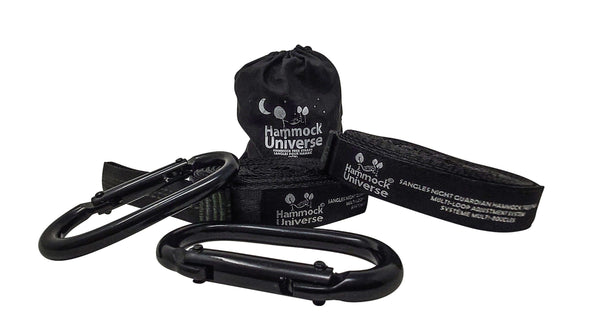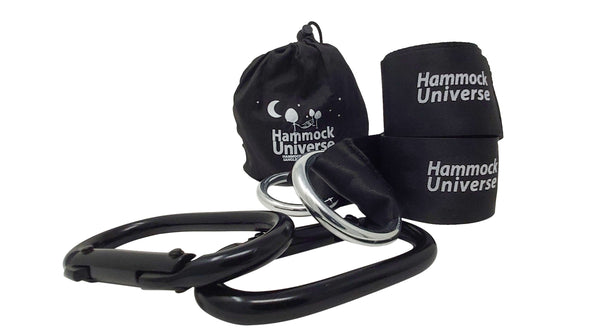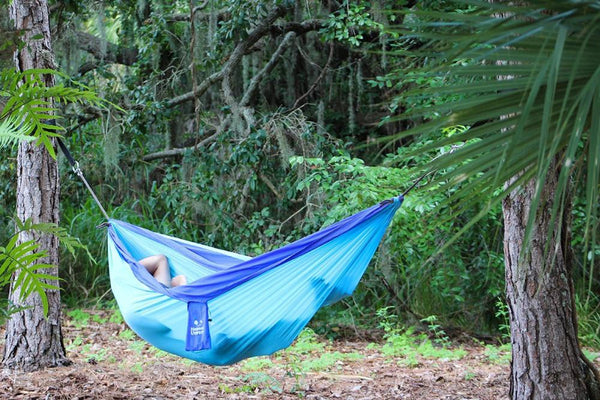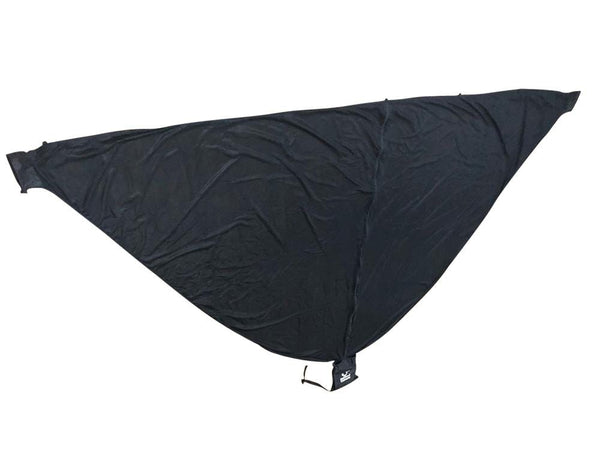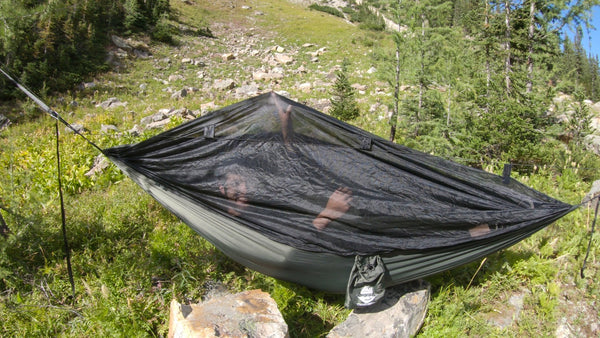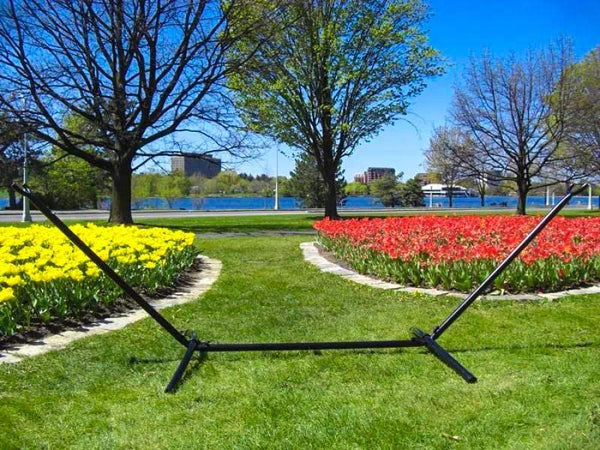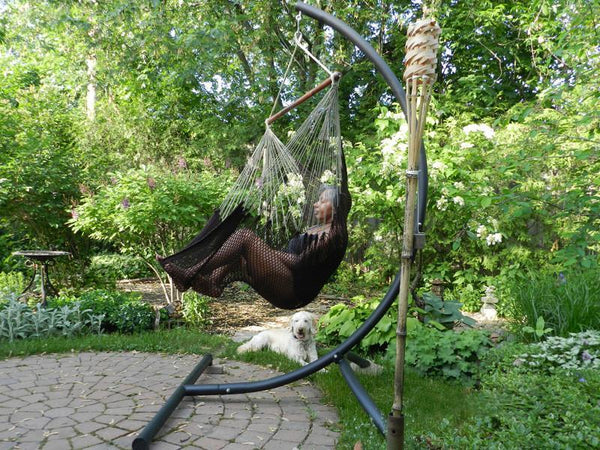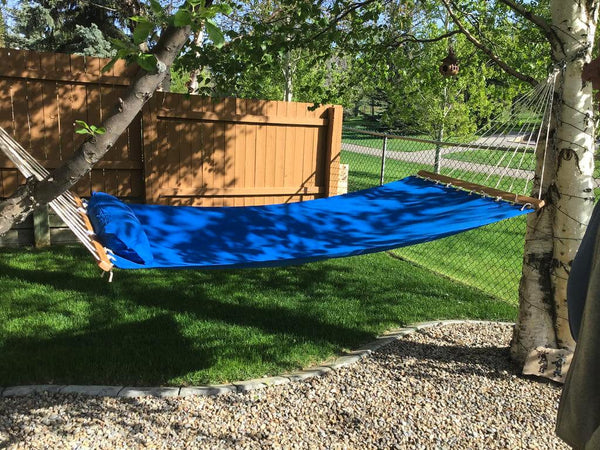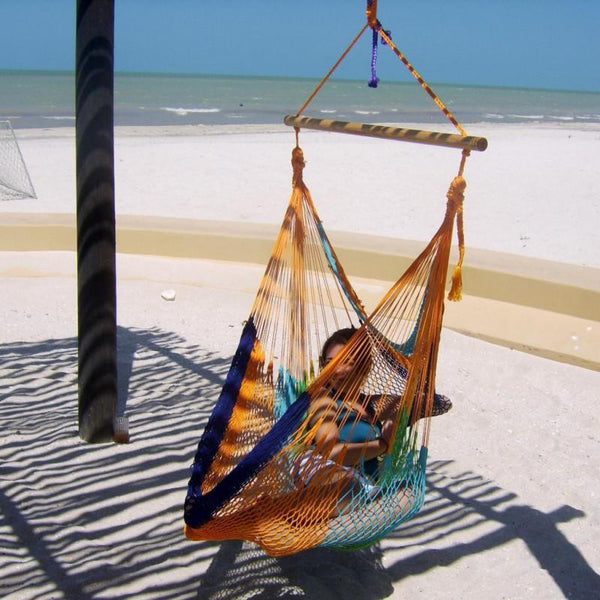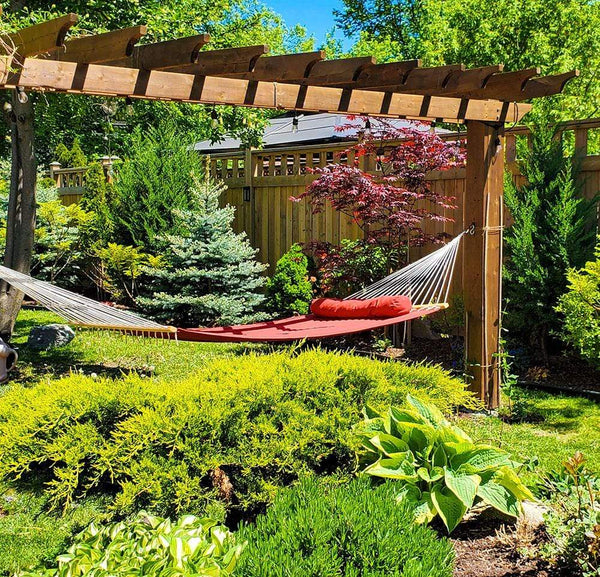FREE SHIPPING on most orders $25+ HAMMOCK BUYING GUIDE
Menu
-
-
Hammocks
-
Hammock Stands
-
Hammocks with Stands
-
Hanging Hammock Chairs
- View all Hammock Chairs
- Brazilian Style Hammock Chairs
- Colombian Hammock Chairs
- Mayan Hammock Chairs
- Mayan Hammock Chairs Deluxe
- Universal Hammock Chair Stand
- U Hammock Chair Stand
- Brazilian Hammock Chair with Universal Chair Stand
- Colombian Hammock Chair with Universal Chair Stand
- Mayan Hammock Chair with Universal Chair Stand
- Mayan Hammock Chair Deluxe with Universal Stand
-
Accessories
- Gift Cards
- Tools and Guides
- Bargain Bin
-
- 1-800-207-4761
- Login

FREE SHIPPING on most orders $25+ HAMMOCK BUYING GUIDE
10 Best National Parks for Hammock Camping in the U.S.
September 05, 2018 7 min read
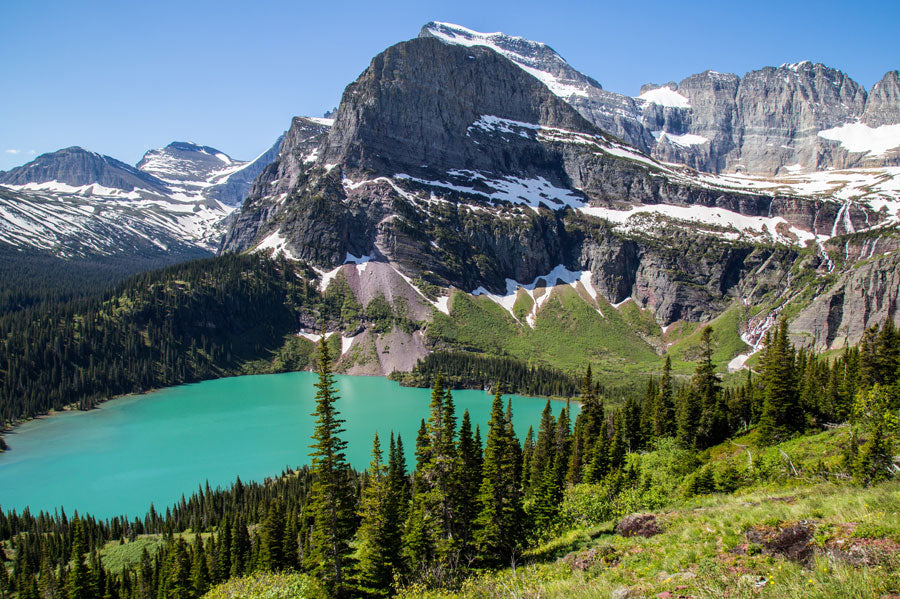
Hang Your Hammock Year-Round at These Breathtaking Locations Across the United States
Hammock camping is a convenient new way to experience the outdoors. Whether you’re a seasoned hammock camper or you’re looking for a new way to camp, you’ll find hammocks are the better option.
Light-weight, weather-resistant, and durable hammocks making camping easy, so you can focus on the adventure without worrying about setting up or keeping dry.
Camping hammocks are built to last throughout your trip and offer maximum comfort. What’s more, you can keep mosquitos away with attachable mosquito nets or convenient two-in-one mosquito net hammocks.
Ditch the tent and opt for an elevated camping experience! Try camping in one of these 10 amazing US national parks to kick things off—you won’t regret it!
While camping throughout these parks, it’s important to ensure you’re respecting the trees, wildlife, and surrounding areas. For an eco-friendly camping option, pack hammock tree straps to avoid puncturing bark or otherwise damaging trees.
These straps are a lightweight option, perfect for extended camping trips, and can support up to 500 pounds. They’re weather-proof and versatile as they work well for all trees and hammock types. For trips with less involved routes to your campground, bring a portable hammock stand for maximum comfort and convenience.
In search of adventure, thrilling activities, tranquility, and breathtaking landscapes? Then this is the guide you need! Discover the ten best national parks for hammock camping in the U.S. that will make you want to pack up your hammock and the rest of your kit and start trekking!
Olympic National Park, Washington
What to do: There are over 8,000 adventures to experience at Olympic National Park. Explore the Niguel Botanical Preserve, kayak Lake Pateros, hike the rocky ridgeline of The Obelisk and end your day by cooling off in the deep pools or cliff jumping in The Narrows Swimming Hole. There’s an activity (or 50!) for every type of adventurer.
Fees: Entrance fee – $15-$200 USD, annual pass – $55 USD
Campsite availability: Year-round
Area: 3,734 km²
Did you know: The Hoh River campground is located in one of the most famous rainforests in America. Every campsite offers its own personal tropical oasis as they’re all tucked away in deep, lush rainforests.
Google rating: 4.8/5 – 3,724 Google reviews
Website: https://www.nps.gov/olym/
Yosemite National Park, California
What to do: Golfing, horseback riding, museums, spas, rafting, and so much more. Yosemite National Park is home to a plethora of adventure and activities for the whole family to enjoy. Put your rock-climbing skills to the test at Half Dome, an 8,842-foot mountain. This climb is said to take anywhere from 10-14 hours depending on your skill level, but don’t worry, if you need a break you can hang your hammock and nap on the side of the dome.
Fees: Entrance fees – $20-$35 USD, tours – $125-$300 USD, annual pass – $70-$80 USD
*$0 entrance pass for US Military members and persons with disabilities.
Campsite availability: Year-round
Area: 3,027 km²
Did you know: You can find the cleanest drinking water in the U.S. in the Hetch Hetchy Reservoir. This immaculate body of water is located between steep, granite rock faces. This reservoir is so pure that it actually supplies drinking water to the San Francisco Bay area. And if that weren’t enough, you can experience an 18-mile rafting adventure close to the park on the Tuolumne River.
Google rating: 4.8/5 – 16,294 Google reviews
Website: https://www.nps.gov/yose/
Joshua Tree National Park, California
What to do: “Where two deserts meet” – Joshua Tree National Park holds a fascinating variety of wildlife and plants from two separate ecosystems. From day to night, experience an off-road adventure with the San Andreas Fault Jeep tour. Explore the serene nature reserve after barreling through Palm Desert, then end your joy ride by taking a moment to stop and stargaze under the night sky adorned with billions of sparkling stars.
Fees: Entrance fee – $15-$30 USD, annual pass – $55 USD
Campsite availability: Year-round
Area: 3,200 km²
Did you know: Perhaps due to the rugged appearance of rock formations and vast, open desert, The Eagles’ 1972 debut album cover was shot in Joshua Tree National Park. You’ll leave the park with a peaceful easy feeling after your hammock camping adventure.
Google rating: 4.7/5 – 5,229 Google reviews
Website: https://www.nps.gov/jotr/
Glacier National Park, Montana
What to do: Glacier National Park holds a great variety of hiking trails including backcountry hiking. If you want to get close enough to lick the Grinnell and Sperry Glaciers, be prepared to break a sweat as this will take over a full day of hiking to reach. It’s also an excellent place to drive on the open road to take in the breathtaking views of the glaciers.
Fees: Entrance fee – $20-$35 USD, annual pass – $70 USD
Campsite availability: Year-round
Area: 4,100 km2
Did you know: Sadly, the glaciers have dwindled down from 150 to a mere 25. The remaining glaciers may only be available for last-chance tourism for the next decade before they’re completely gone.
Google rating: 4.8/5 – 4,723 Google reviews
Website: https://www.nps.gov/glac/
Grand Teton National Park, Wyoming
What to do: Biking, boating, and backcountry camping! Grand Teton National Park has spectacular rivers, hills, and mountains for every activity. Be sure to keep an eye out for the wildlife in the are or try your hand at bird watching.
Fees: Entrance fees – $20-$35 USD, annual pass – $70 USD
Campsite availability: Year-round
Area: 1,300 km2
Did you know: The Teton Range is world-famous and attracts climbers and mountaineers from all around the globe. If you’re an avid climber, don’t miss an opportunity to scale these peaks.
Google rating: 4.8/5 – 7,030 Google reviews
Website: https://www.nps.gov/grte/
Big Bend National Park, Texas
What to do: Big Bend National Park got its name from the large bend in the river that offers spectacular views of majestic peaks. Hike to the highest point (if you dare) or experience the bend in all its glory while horseback riding. Fall in love with this desert by exploring the millions of acres of tranquil, shadowy canyons.
Fees: Entrance fees – $15-$30 USD, annual pass – $55 USD
Campsite availability: Year-round
Area: 3,242 km²
Did you know: Calling all entomologists, botanists, archaeologists, and other scientists alike! You can find upwards of 3,600 species of insects, 1,200 species of plants, various sea fossils and dinosaur bones, and volcanic dikes all within the park. Not to mention there are 450 species of birds, 75 species of mammals, and 56 species of reptiles.
Google rating: 4.7/5 – 1,555 Google reviews
Website: https://www.nps.gov/bibe/
Voyageurs National Park, Minnesota
What to do: With so much water easily accessible at almost every corner, boating, paddling, fishing, swimming, and relaxing on the water while watching the wildlife go by are some of the best things to do at Voyageurs National Park.
Fees: Free
Campsite availability: Year-round
Area: 218,200 acres (883 km2)
Did you know: There are volunteer opportunities available at the park. If you want to give back for the day or several days, you can participate in fun ways to give back like the loon survey. Enjoy a relaxing day on the water while watching loons, their young, and their habitat.
Google rating: 4.8/5 – 301 Google reviews
Website: https://www.nps.gov/voya/
Assateague Island National Seashore, Maryland
What to do: Explore the quaint island by taking a day biking trip. Cyclists get the advantage of taking in the beautiful views of the shoreline. If you want to get right in on the action, rent over-sand vehicles and ride along the beaches for the afternoon.
Fees: Entrance fees – $20 USD, entrance pass – $15-$40 USD
Campsite availability: Year-round
Area: 3.2 km2
Did you know: Feral horses, also known as Chincoteague ponies, occupy this land and freely roam around offering spectacular candid photos of the local wildlife. But beware, though these horses may seem tame, they are quite dangerous. Visitors could be at risk of receiving a citation from rangers should they be seen feeding, petting, or moving within 10 feet of the horses.
Google rating: 4.8/5 – 3,418 Google reviews
Website: https://www.nps.gov/asis/
White Mountain National Forest, New Hampshire
What to do: There’re lots of adventures found high in the sky at White Mountain National Forest. Get the thrill of ziplining at Monkey Trunks Zipline Park and take in the aerial views of the great, lush forest. You can also take it up a level by experiencing the White Mountains Helicopter tour for a day full of ultimate views, adrenaline, and excitement. Cap off the adventuring and exploring with a refreshing wine tasting at Seven Birches Winery starting at only $10 per person.
Fees: Free
Campsite availability: Year-round
Area: 3,039 km²
Did you know: White Mountain National Forest sees upwards of 6 million visitors annually. The attraction must be due to the incredible views and exciting activities, like their year-round, hands-on dog sledding adventure. The best part? The majority of these sled dogs from the Muddy Paw Sled Dog Kennel are rescue and second chance pups! Now that’s something that warms your heart more than a hot cup of cocoa.
Google rating: 4.9/5 – 4,212 Google reviews
Website: https://www.fs.usda.gov/whitemountain
Acadia National Park, Maine
What to do: This stunning national treasure is located on the coast of Maine and is one of the most visited parks in the United States. The camper’s paradise, Acadia National Park is perfect for hikers, bikers, bird watchers, skiers, fishers, climbers – just about anybody who enjoys the outdoors. And if you’re not an adventure junkie, you can take a break by experiencing leaf peeping, tidepooling, and botany tours.
Fees: Entrance fees – $15-$30 USD, annual pass – $55 USD
Campsite availability: May-October
Area: 49,052 acres (198.51 km2)871 acres (352 ha) private
Did you know: There are over 120 miles of hiking trails you can discover within the park. If you’re an early bird, pick one of the east-bound trails and hike up to the highest point before sunrise. You’ll be the first person in the country to bask in the sun as it welcomes you.
Google rating: 4.9/5 – 5,858 Google reviews
Website: https://www.nps.gov/acad/
Each of these destinations across the country has specific features that make them unique and allow for hammock camping for everyone from beginner to expert.
With the right tips and tricks on how to get the most from your hammock while camping in the great outdoors, you’ll maximize your enjoyment. From the mountainous west coast to the east coast seaboard, there’s something for everyone.
Enrich your life with unique experiences only found across these beautiful states.
Safety First!
When using a hammock*, safety is paramount. Please make sure to follow these important guidelines when purchasing, installing and using a hammock
*(includes Hammock, Hammock Chair, Hammock Stand and Hammock Accessories)
Safety First!
When using a hammock*, safety is paramount. Please make sure to follow these important guidelines when purchasing, installing and using a hammock
*(includes Hammock, Hammock Chair, Hammock Stand and Hammock Accessories)
Related Products
Want to relax?
Join for exclusive content and promotions we only give to our email list!
